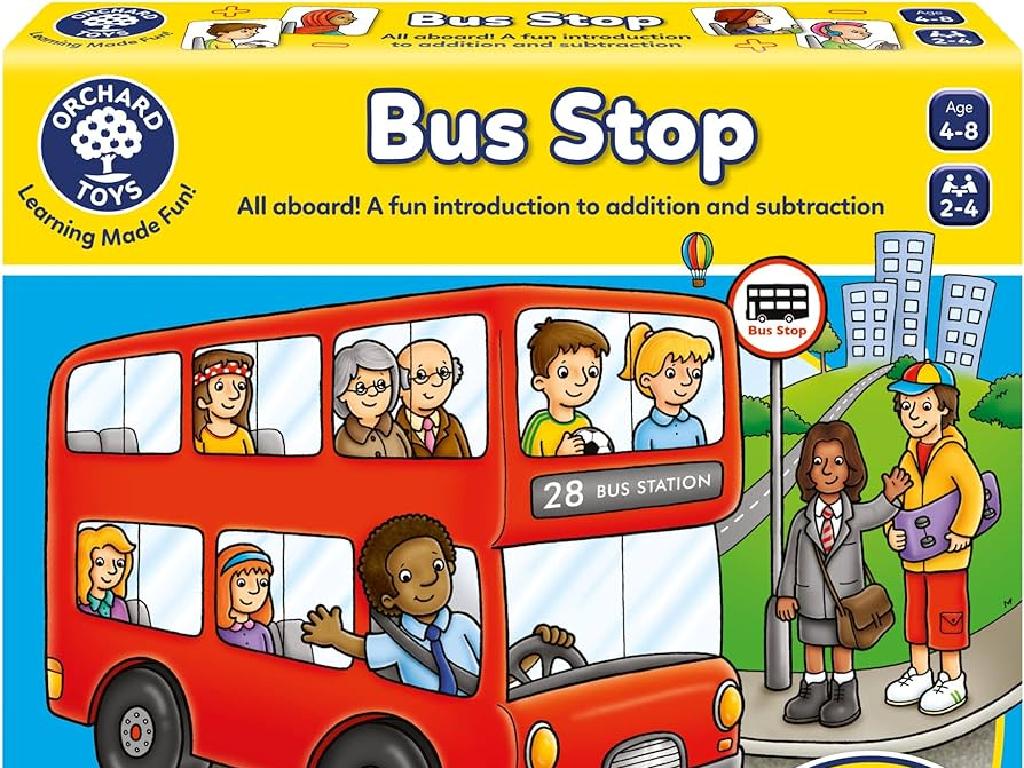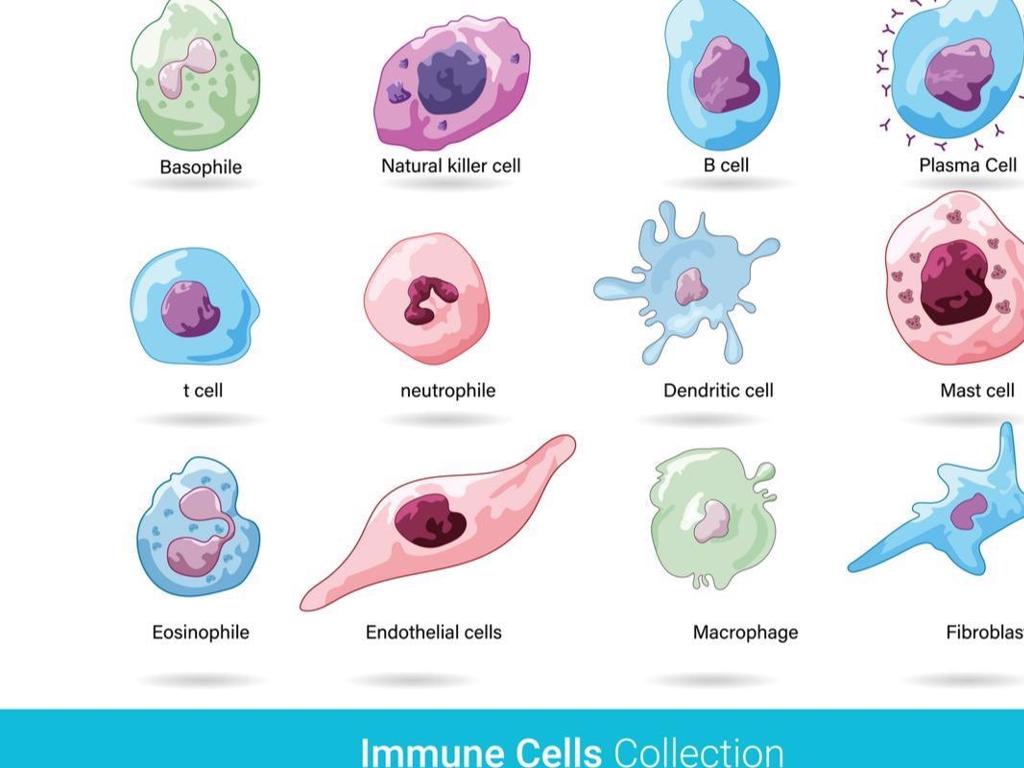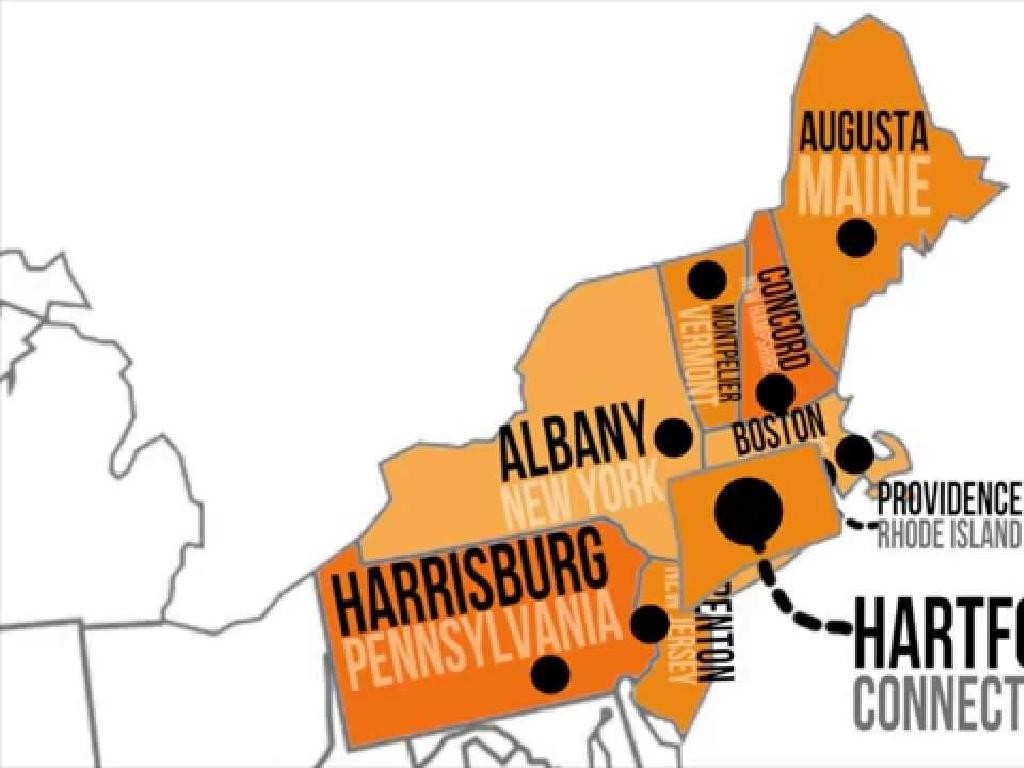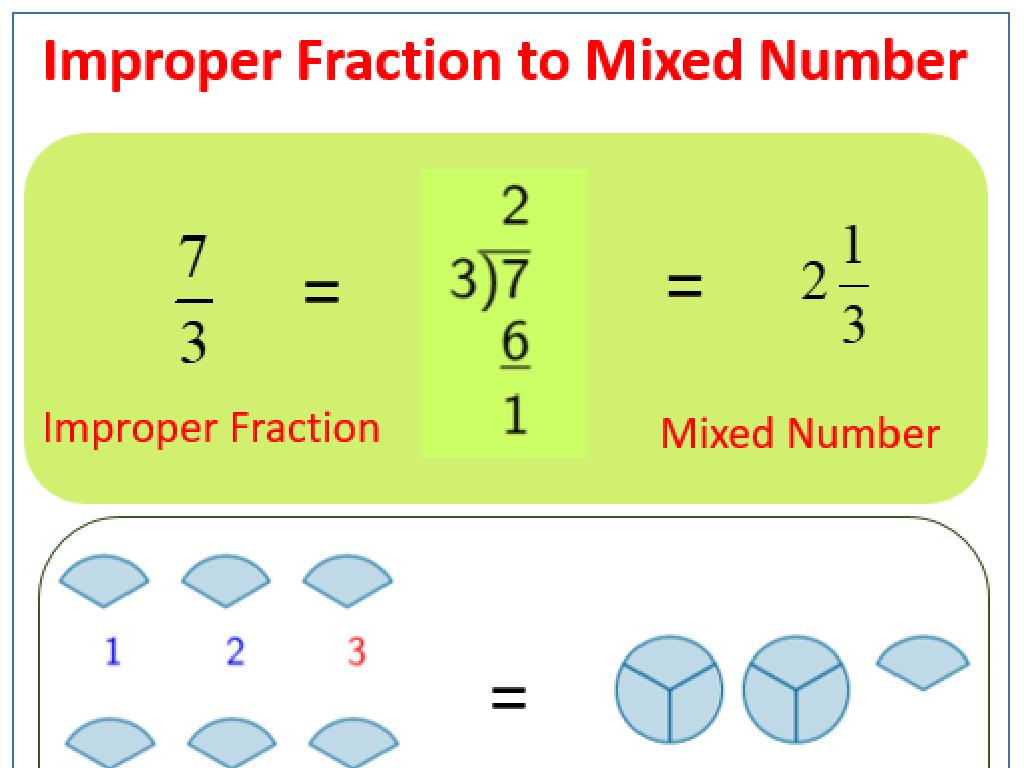Use Punnett Squares To Calculate Ratios Of Offspring Types
Subject: Science
Grade: Sixth grade
Topic: Anatomy And Physiology
Please LOG IN to download the presentation. Access is available to registered users only.
View More Content
Introduction to Genetics
– Explore the world of genetics
– Learn how traits are passed on
– Traits like eye color are inherited from our parents
– Discover Gregor Mendel’s work
– Mendel’s breeding experiments laid the foundation for genetics
– Understand Mendel’s pea plant experiments
– Mendel observed trait inheritance by cross-pollinating pea plants
|
This slide introduces students to the basics of genetics, setting the stage for understanding inheritance and the work of Gregor Mendel. Emphasize the importance of genetics in determining the traits of living organisms. Explain that traits are characteristics that are passed from parents to offspring, and that Mendel’s experiments with pea plants were crucial in demonstrating this concept. Mendel’s systematic cross-breeding allowed him to predict the traits of future generations, leading to the development of what we now call Mendelian inheritance. Encourage students to think about traits they have inherited from their own families as a relatable example.
Understanding Punnett Squares
– Punnett Square: A genetic tool
– A grid that forecasts genetic traits
– Named for Reginald Punnett
– Shows allele combinations
– Illustrates possible gene pairs from parents
– Predicts offspring genotypes
– Determines probable traits of offspring
|
A Punnett Square is a simple graphical way to show all the potential combinations of alleles, or gene versions, from the parents, and it helps us predict the probability of their offspring having certain genetic traits. It’s named after the scientist Reginald Punnett who devised the method. By filling out a Punnett Square, students can visually see how alleles from each parent can combine, and thus, they can calculate the ratios of possible genotypes in the offspring. This is a fundamental concept in genetics and is essential for understanding how traits are inherited. During the lesson, walk through an example Punnett Square with the class, and then let them try a few on their own or in small groups.
Understanding Genes and Alleles
– Genes: Units of heredity
– Genes are found in DNA, determining traits
– Alleles: Variations of genes
– Alleles are different versions of a gene, e.g., for eye color
– Dominant vs Recessive
– Dominant alleles overpower recessive ones
– Predicting offspring traits
– Use Punnett squares to predict the ratio of traits
|
This slide introduces the basic genetic concepts necessary to understand how traits are inherited. Genes are the fundamental units of heredity located within our DNA and are responsible for our inherited traits. Alleles are different forms of the same gene that can cause variations in the physical appearance of a trait. Dominant alleles will express their trait even if only one is present, while recessive alleles require two copies to be expressed. Understanding these concepts is crucial for students to learn how to use Punnett squares to calculate the likelihood of offspring inheriting certain traits. Encourage students to think of examples of dominant and recessive traits they may have observed in their families or among their peers.
Creating a Punnett Square
– Identify parent genotypes
– Genotypes are genetic makeups, like BB, Bb, or bb
– Determine possible gametes
– Gametes are reproductive cells, carrying one allele for each gene
– Fill in Punnett square
– Place parent gametes on top and side, then combine in the grid
– Predict offspring ratios
– Calculate the ratio of genotypes and phenotypes of the potential offspring
|
This slide introduces students to the process of creating a Punnett Square, a tool used to predict the genetic outcomes of offspring based on the genotypes of the parents. Start by explaining what genotypes are and how to denote them. Then, discuss how gametes, which are sperm or egg cells, carry single alleles and how to list the possible combinations. Show how to set up a Punnett Square with these gametes and how to fill it in to see all possible offspring genotypes. Finally, teach students how to interpret the square to find the ratios of different genotypes and phenotypes that could result from a genetic cross. Provide an example, such as a cross between two heterozygous parents (Bb x Bb), and work through the Punnett Square and resulting ratios as a class.
Pea Plant Genetics: Mendel’s Legacy
– Mendel’s pea plant experiments
– Gregor Mendel’s classic genetics experiments with pea plants
– Predicting flower color inheritance
– How dominant & recessive genes affect flower color
– Using Punnett squares
– A tool to predict the probability of traits in offspring
– Analyzing offspring ratios
– Determine the expected ratio of traits in the next generation
|
This slide introduces students to the foundational work of Gregor Mendel and his experiments with pea plants, which laid the groundwork for modern genetics. Students will learn how to predict the inheritance of traits, such as flower color, using the concepts of dominant and recessive genes. The Punnett square will be presented as a visual tool to help calculate the likelihood of different genotypes and phenotypes in the offspring. Emphasize the importance of analyzing the results to understand the expected ratios of inherited traits. This will set the stage for students to perform their own genetic crosses and predict outcomes using Punnett squares in future lessons.
Practice: Predicting Offspring with Punnett Squares
– Understanding monohybrid crosses
– Example: Bb (brown) x bb (blue) eyes
– One parent heterozygous, other homozygous recessive
– Fill in your Punnett square
– Determine possible genotypes of offspring
– Calculate offspring ratios
– Use results to find phenotype ratios for eye color
|
This slide is a practical exercise for students to apply their knowledge of Punnett squares to predict offspring outcomes. A monohybrid cross involves one trait, in this case, eye color, with two alleles: B (brown, dominant) and b (blue, recessive). Students will fill in a Punnett square using the genotypes of the parents (Bb and bb) to find the possible genotypes of the offspring. They will then calculate the ratio of offspring with brown eyes to those with blue eyes. This exercise reinforces the concepts of dominant and recessive traits and genotype to phenotype relationships. Encourage students to discuss their results and understand how the Punnett square predicts the probability of traits in offspring.
Understanding Ratios in Genetics
– Ratios explain trait inheritance
– Ratios like 3:1 can show dominant vs. recessive traits
– Probability of traits in offspring
– Likelihood a trait will appear in the next generation
– Genotypic vs. phenotypic ratios
– Genotypic ratios are genetic makeup, phenotypic are observed traits
– Interpreting Punnett square ratios
|
This slide aims to help students understand how ratios derived from Punnett squares can predict the inheritance of traits. Ratios provide a way to express the probability of an offspring inheriting a particular trait from its parents. Genotypic ratios refer to the genetic makeup (e.g., BB, Bb, bb), while phenotypic ratios refer to the physical expression of the trait (e.g., blue eyes vs. brown eyes). Interpreting these ratios allows us to predict the likelihood of traits passing on to the next generation. Encourage students to practice with different Punnett squares and to think critically about what the resulting ratios mean in a real-world context.
Class Activity: Create Your Own Punnett Square
– Choose traits for crossing
– Pair up and predict offspring
– Use traits like hair or eye color
– Discuss predictions with partner
– How likely are the possible outcomes?
– Present findings to the class
|
This activity is designed to provide hands-on experience with Punnett squares. Students will choose simple genetic traits such as hair or eye color to explore dominant and recessive alleles. Working in pairs, they will use Punnett squares to predict the possible genetic outcomes for offspring. Encourage them to discuss their reasoning with their partner. After completing their predictions, each pair will share their findings with the class, fostering a collaborative learning environment. Possible variations of the activity could include using different traits, such as attached vs. detached earlobes, or having students research and bring in their own traits to explore. This will help students understand the concept of probability in genetics and the practical application of Punnett squares.
Review: Punnett Squares
– Recap of Punnett square usage
– A tool for predicting genetic variation in offspring.
– Encourage student questions
– Address doubts and misconceptions
– Clarify understanding, ensure accurate knowledge.
– Reinforce learning outcomes
– Summarize key points, emphasize importance in genetics.
|
This slide aims to consolidate the students’ understanding of Punnett squares and their application in predicting the genetic outcomes of offspring. Begin with a brief recap of the day’s lesson, highlighting the steps to create a Punnett square and how it illustrates the probability of inheriting particular traits. Open the floor to students, encouraging them to ask questions about any part of the lesson they found challenging. Address any doubts or misconceptions that arise, ensuring that all students leave the class with a clear understanding of the concept. Conclude by reinforcing the key learning outcomes and the significance of Punnett squares in understanding genetics. This interactive session will help solidify the students’ knowledge and prepare them for applying these concepts in future lessons.
Homework: Mastering Punnett Squares
– Complete Punnett square worksheet
– Solve problems to predict offspring traits
– Write a paragraph on genetics in life
– Reflect on how genetics impact everyday life
– Study for the upcoming Punnett quiz
– Review key concepts and practice problems
– Understand inheritance patterns
|
This homework assignment is designed to reinforce the students’ understanding of Punnett squares and their ability to predict the inheritance of traits. The worksheet will provide hands-on practice with various genetic crosses. Encourage students to think about how genetics plays a role in their lives, from family resemblances to potential genetic health considerations, as they write their paragraphs. To prepare for the quiz, students should review their notes, the worksheet, and any additional resources provided in class. Emphasize the importance of understanding inheritance patterns, as this is a fundamental concept in genetics that will be applicable in future science classes.





